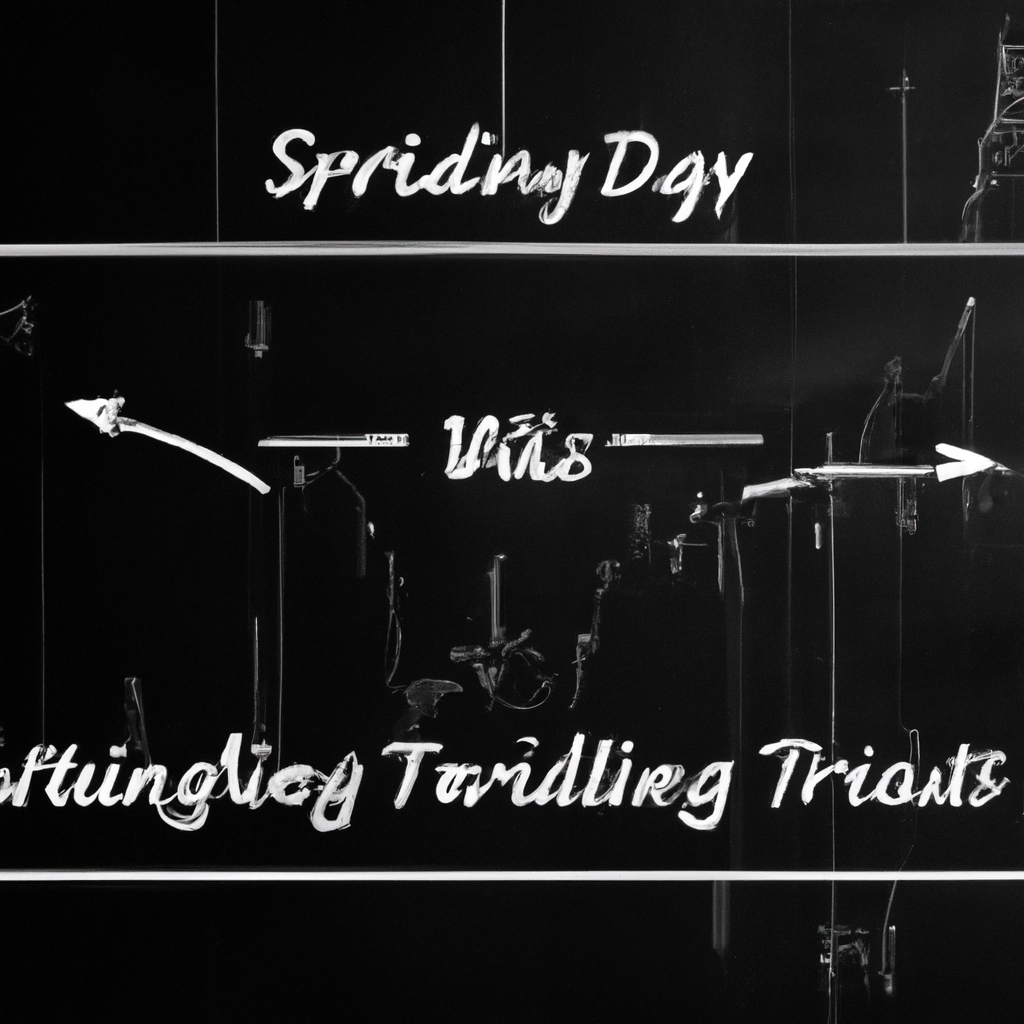
Introduction to Swing Trading and Day Trading
In the dynamic world of financial markets, traders employ a variety of strategies to maximize their profits and minimize risks. Two of the most popular approaches are swing trading and day trading. While both focus on short to medium-term opportunities, they differ significantly in terms of style, time commitment, risk management, and potential returns. This comprehensive guide will provide a clear explanation of swing trading vs day trading, helping you understand which strategy best aligns with your goals, lifestyle, and risk tolerance.
What is Day Trading?
Day trading involves buying and selling financial instruments—such as stocks, forex, or cryptocurrencies—within a single trading day. Day traders aim to capitalize on short-term price fluctuations, often holding positions for only a few minutes to several hours. By closing all trades before the market closes, day traders avoid overnight risks and focus on intraday volatility.
- Timeframe: Minutes to hours (never overnight)
- Typical instruments: Stocks, currencies, futures, options
- Required skills: Quick decision-making, chart reading, technical analysis
- Tools used: Real-time data, trading platforms, advanced charting software
Advantages of Day Trading
- Potential for quick profits from intraday price movements
- No overnight risk as all positions are closed daily
- Frequent trading opportunities in volatile markets
Disadvantages of Day Trading
- Highly stressful and time-consuming; requires constant monitoring
- High transaction costs due to frequent trades
- Steep learning curve and risk of significant losses
What is Swing Trading?
Swing trading is a strategy where traders hold positions for several days to weeks, aiming to profit from medium-term trends or price “swings.” Unlike day traders, swing traders are less concerned with intraday price noise and focus on capturing a larger portion of a price move. This approach relies on both technical and fundamental analysis to identify entry and exit points.
- Timeframe: Days to weeks
- Typical instruments: Stocks, ETFs, options, commodities, forex
- Required skills: Trend analysis, patience, risk management
- Tools used: Daily/weekly charts, technical indicators, news analysis
Advantages of Swing Trading
- Lower time commitment compared to day trading
- Potentially larger profits by capturing bigger price moves
- Less stress and emotional pressure
Disadvantages of Swing Trading
- Exposure to overnight and weekend risks
- Less frequent trading opportunities
- Requires patience and discipline
Swing Trading vs Day Trading: Key Differences
| Aspect | Day Trading | Swing Trading |
|---|---|---|
| Holding Period | Minutes to hours | Days to weeks |
| Analysis Focus | Intraday charts (1/5/15 min) | Daily/weekly charts |
| Risk Exposure | Low (no overnight risk) | Higher (overnight/weekend risk) |
| Time Requirement | Full-time, high attention | Part-time, periodic checks |
| Transaction Costs | High (many trades per day) | Lower (fewer trades) |
| Suitable for | Active traders, professionals | Part-time traders, beginners |
Essential Skills and Tools for Each Strategy
Day Trading Skills
- Fast execution and reflexes
- Strong focus and discipline
- Ability to manage stress and control emotions
- Proficiency with technical indicators (e.g., RSI, MACD, moving averages)
Swing Trading Skills
- Patience and long-term vision
- Understanding of trends and chart patterns
- Ability to perform both technical and fundamental analysis
- Risk management with stop-loss and take-profit strategies
Risk Management: Protecting Your Capital
Regardless of your chosen strategy, risk management is essential. Both swing and day traders should use stop-loss orders, calculate position sizes based on their risk tolerance, and maintain a strict trading plan. Remember that high returns are accompanied by high risk, especially in short-term trading strategies.
- Set realistic profit targets and stick to them
- Avoid overtrading and revenge trading
- Review and adjust your strategy regularly
How to Choose: Swing Trading or Day Trading?
The choice between swing trading vs day trading should be based on your personality, time availability, financial goals, and risk appetite. If you thrive in fast-paced environments, have several hours each day to dedicate to trading, and enjoy the intensity of quick decisions, day trading may suit you. However, if you prefer a more measured approach, are comfortable holding positions for several days, and want to balance trading with other commitments, swing trading could be the better option.
Ask yourself:
- How much time can I devote to trading each day?
- What is my tolerance for risk and stress?
- Do I prefer rapid trades or longer-term plays?
- What are my financial goals and expectations?
Conclusion: Which Strategy Wins?
There is no universal answer to the debate of swing trading vs day trading. Both strategies offer unique advantages and challenges. Your success depends on choosing the method that fits your lifestyle, personality, and market knowledge. Some traders even combine both approaches, adapting their style to different market conditions. Whichever path you choose, continuous learning, disciplined execution, and effective risk management are the keys to long-term profitability.
Frequently Asked Questions (FAQs)
- Is swing trading safer than day trading?
- Swing trading generally involves less stress and fewer trades, but exposes you to overnight market risks. Day trading avoids overnight risks but demands constant attention and quick decisions.
- Can beginners start with day trading?
- While possible, day trading is recommended for experienced traders due to its complexity and risk. Many beginners start with swing trading to build skills and understanding.
- Which strategy is more profitable?
- Profitability depends on your skill, discipline, and market conditions. Both strategies can be profitable, but also carry substantial risks.
- Do I need a lot of capital for day trading or swing trading?
- Day trading typically requires more capital for margin requirements and to absorb transaction costs. Swing trading can be started with a smaller account, but adequate funding is still necessary.